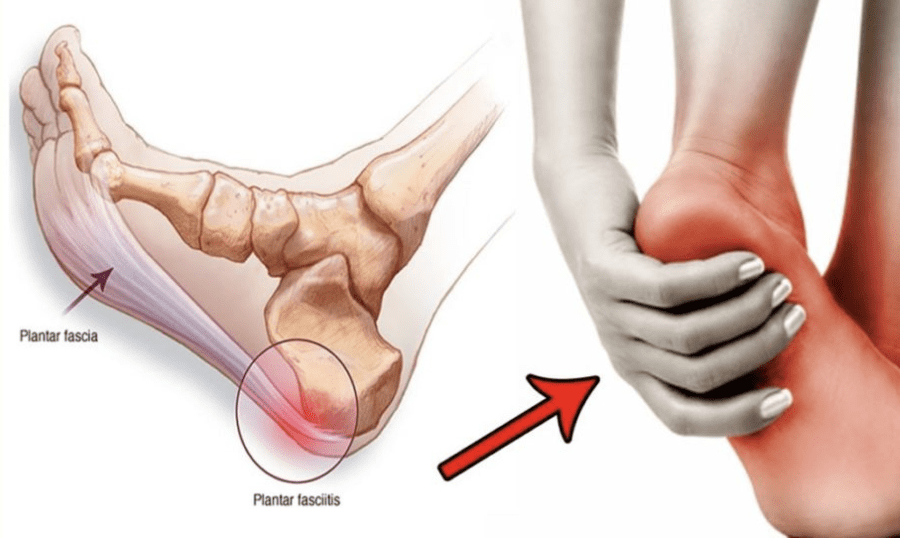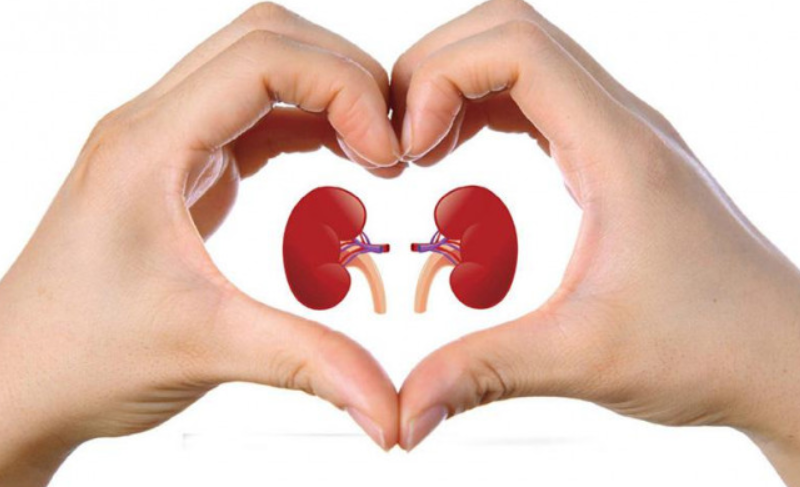The ailment known as “jogger’s heel,” or plantar fasciitis, is brought on by an inflammation of the plantar fascia, the band of tissue that runs from the toes to the heels.
This ailment results in intense, excruciating foot pain, especially during the first few steps of walking. Most people feel a sense of comfort as soon as their foot becomes accustomed to the action. Long periods of standing or ascending stairs may also cause the pain.
The majority of patients with this illness are middle-aged, between the ages of 40 and 60, and have irregular walking patterns, shoes with poor foot support, age, being flat-footed or having a high arch, jogging, obesity, tight or tense calves or Achilles tendons as risk factors.
Thankfully, there are some pretty good all-natural remedies for plantar fasciitis that don’t involve operations or steroid injections.
The best methods for treating plantar fasciitis pain are those mentioned above.
Find out more about: The Treatment for Heartburn, Bloating, and Acid Reflux That No Doctor Thinks to Prescribe
1.At-home physical therapy
There are a number of quite helpful stretches and exercises that can be performed at home and offer a lot of relief. You should try calf stretches and toe stretching exercises, and you can use a towel as support throughout the stretches.
2. Towel stretches
The ball of the foot should be covered with a towel that has been rolled up. Pull the cloth toward the torso while holding both ends and keeping the knee straight. Repeat it 2-4 times, holding for 15–30 seconds each time, throughout the day.
3. Calf extension
The calf muscle at the back of the lower leg and the Achilles tendon, which connects the calf muscles to the heel bone, will relax as you perform this exercise.
Place the hands on the wall in front of you, shoulder height. Step behind the other leg with the injured leg in position, bending the knee but keeping the rear heel on the ground. The back leg feels stretched. Hold for between 15 and 30 seconds, 2-4 times per day.
4. Toe stretches
The bottoms of the feet are the focus of these stretches. Extend the affected leg and plant the heel on the floor while seated in a chair. Pull the big toe in the direction of the ankle. Hold for 15 to 30 seconds before repeating 2-4 times throughout the day.
5. Massage and ice
Applying ice packs to the affected area will provide you with a lot of relief because ice reduces pain and inflammation.
Furthermore, you may have even greater pain relief if you mix it with heat therapy. You can first soak the feet in cold water, followed by a hot water soak, and then another cold water soak to complete the therapy.
Additionally, you can use hot and cold compresses. A massage can be used in conjunction with ice pack therapy since it will increase blood flow and lessen muscle and tendon stress. You can rub the region to ease the pain while the ice pack is left on for 15 minutes.
Prevention
To avoid and reduce your risk of developing plantar fasciitis, you can do the following:
Even if you don’t have to, wear shoes
As soon as you wake up, put on supportive shoes to prevent the morning stabbing discomfort. Since your arch should always be supported, the issue could get worse if you walk barefoot or wear some unsupportive slippers.
Wear supportive, well-fitting footwear.
Many individuals place a lot of value on appearance and style, but if you have plantar fasciitis, you should never wear high heels or shoes with lifts.
This issue may occur as a result of wearing shoes that are either too tight or too loose. Instead, put on a pair of relaxed shoes and add some shoe inserts to lessen the harm.




